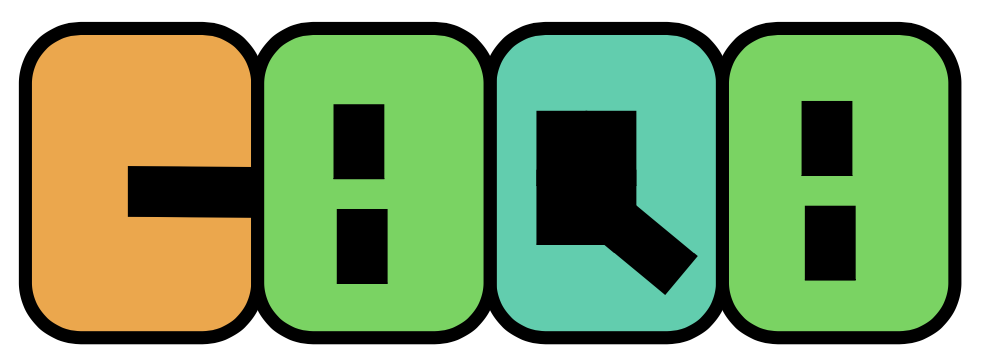Joint CBQB-Human Biology mini Symposium,
Sunday 11.05, 12:00 - 14:00 @Sfadia auditorium, Multi purpose building, University of Haifa
How can we characterize and quantify the human impact on wildlife ecology and what should we do about it?
Speaker
Question and Topic
Background Materials
12:15-12:45 – Prof. Nimrod Marom
Laboratory of Archaeozoology, Dept. of Archaeological Sciences, University of Haifa
How can we quantify the human factor in paleoecological modelling?
Assessing historic and prehistoric human impact on ecosystems is important for conservation science and paleoecology, but is difficult to quantify. We will review the hows, whys, and wherefores of human impact assessment in paleoecological modelling, raise some anthropological objections and cautionary tales, and suggest additional pathways in the methodological thicket.
1.Turchin P, Currie TE, Whitehouse H, et al. (2018) Quantitative historical analysis uncovers a single dimension of complexity that structures global variation in human social organization. PNAS, 115, E144–E151.
2. Fordham DA, Brown SC, Canteri E, et al. (2024) 52,000 years of woolly rhinoceros population dynamics reveal extinction mechanisms. PNAS, 121, e2316419121.
12:45 -13:15 – Dr. Oren Kolodny
Department of Ecology, Evolution, and Behavior at the Silberman Institute for Life Sciences, Hebrew University of Jerusalem
Modeling wild population dynamics in human-dominated landscapes: How can we navigate the risks of ecological traps and inbreeding, and is fragmentation always so terrible??
In this talk I will discuss briefly the utility of simple (and simplistic) generative models in studying wild animal population dynamics, and I will highlight several lessons that can be learned from them to better understand prominent topics of concern regarding human impact on survival of endangered species. I will offer an unorthodox view about each of these topics and discuss some challenges in making management decisions in conservation.
- Fahrig L. (2003) Effects of habitat fragmentation on biodiversity. Annual review of ecology, evolution, and systematics 34, no. 1: 487-515.
- Ries L, and Fagan WF. (2003) Habitat edges as a potential ecological trap for an insect predator. Ecological entomology 28, no. 5: 567-57.
